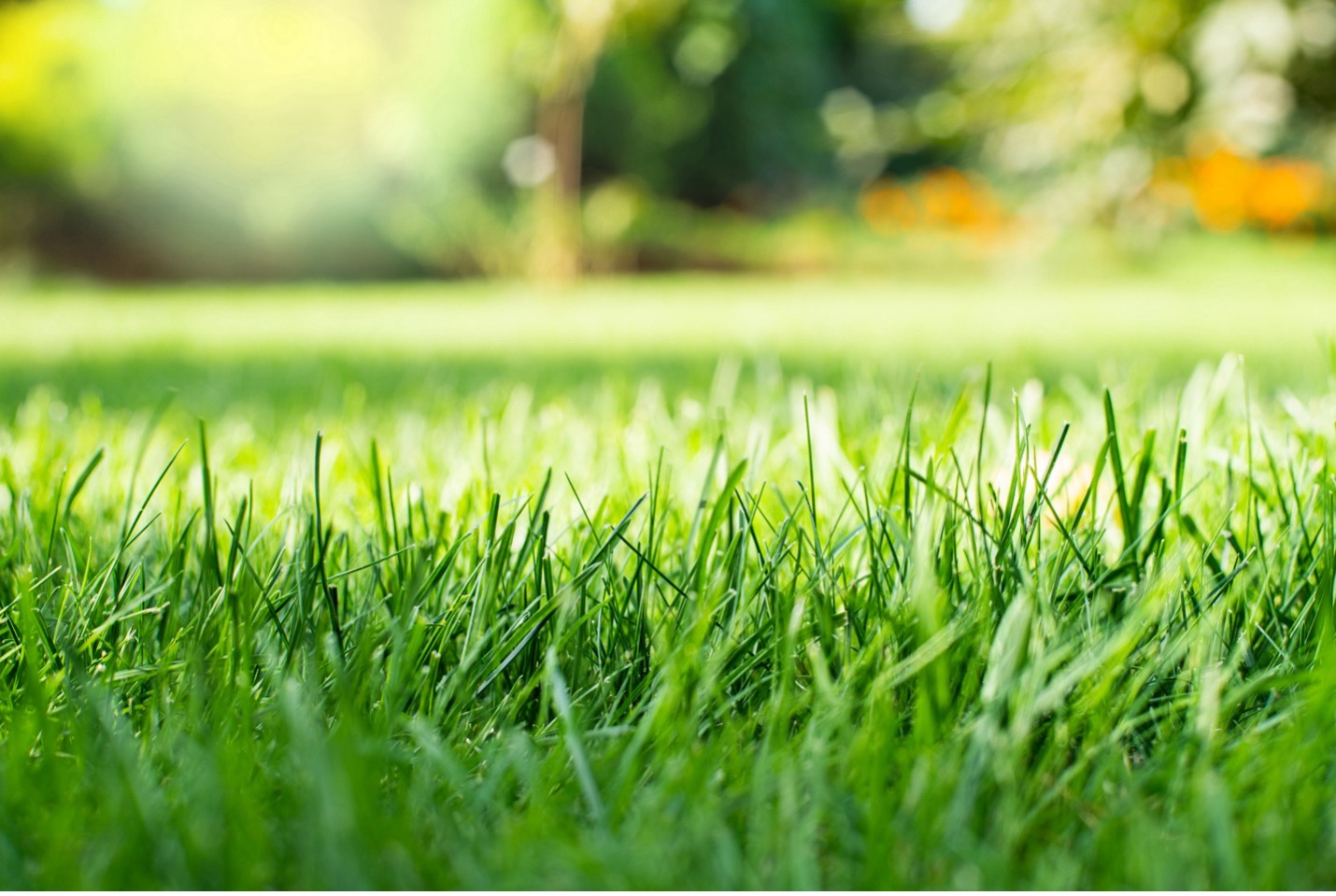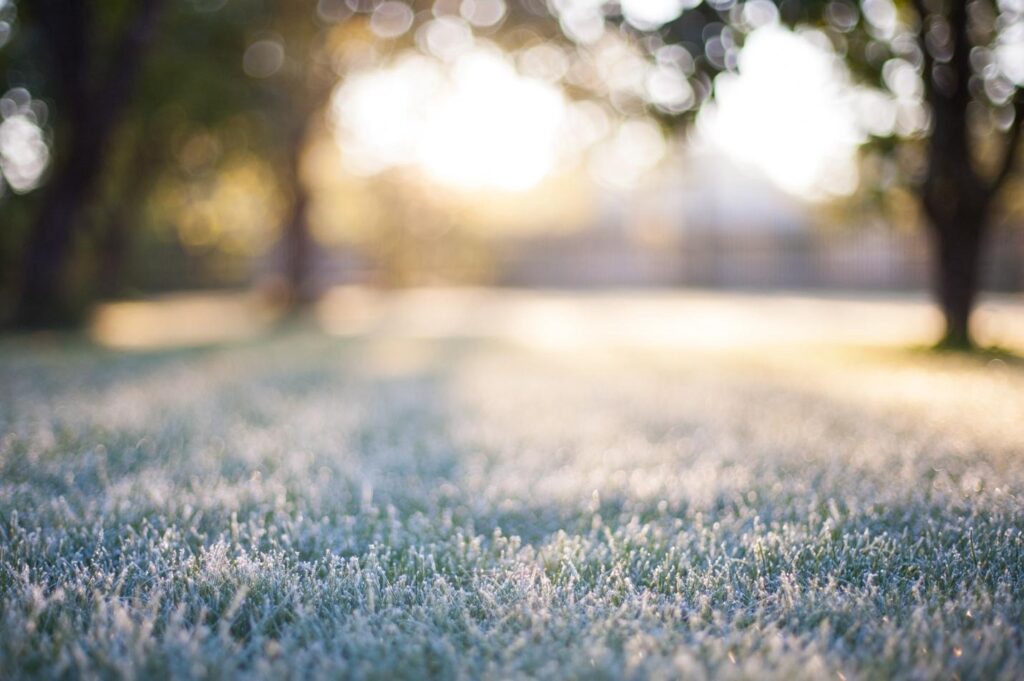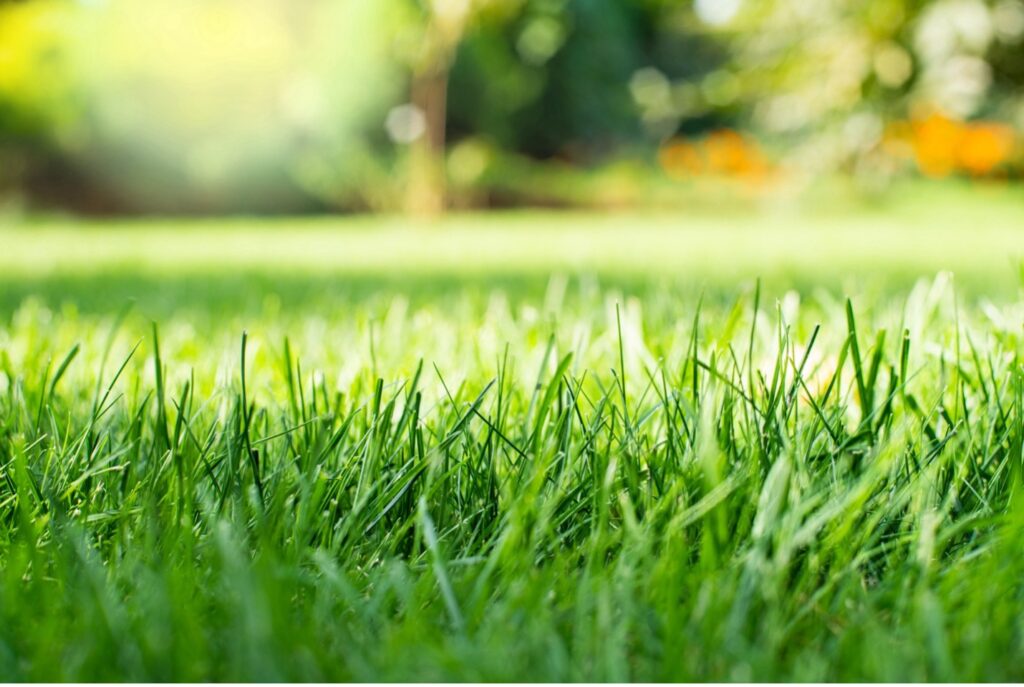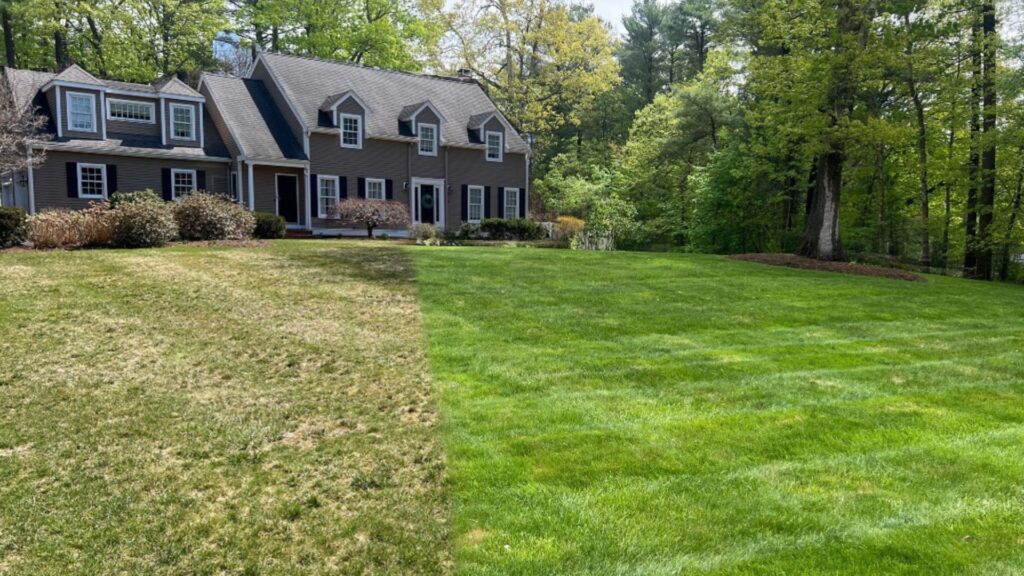It’s a rainy afternoon in Cincinnati, and you peer out the window at your muddy backyard. Your neighbor’s lawn across the street looks like a lush green carpet, while yours is a patchy, weedy mess. You feel a familiar pang of frustration mixed with a dash of guilt—why can’t your yard look as pristine?
The truth is, maintaining a beautiful lawn in Cincinnati and Northern Kentucky isn’t just about aesthetics; it’s a source of pride, a place for family gatherings, and a canvas for your love of nature. Let’s transform that muddy patch into a vibrant oasis, shall we?
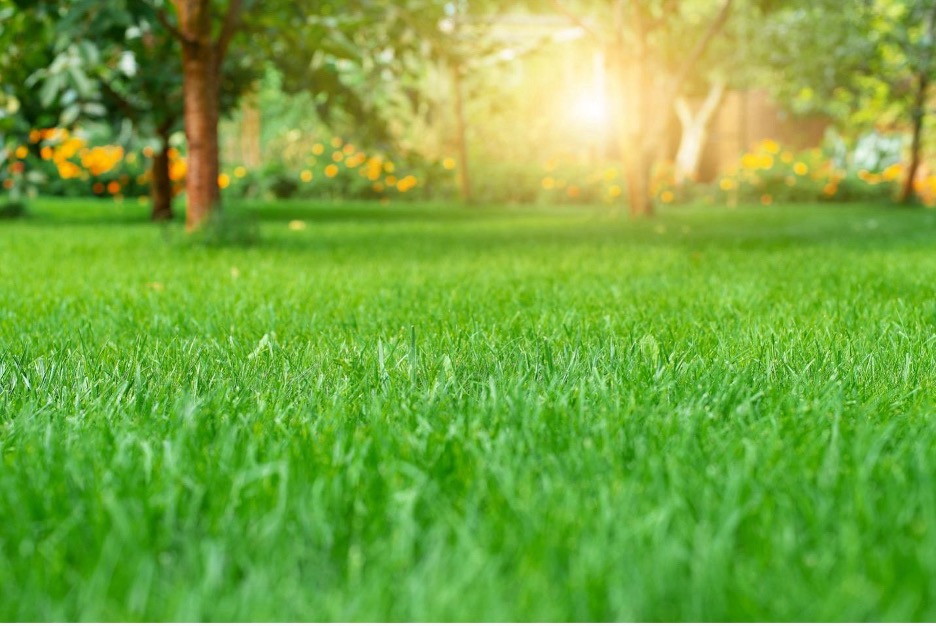
Why Cincinnati Lawns Struggle
Cincinnati’s rolling hills and clay-loam soil present unique challenges for homeowners. The dense clay retains moisture, creating an ideal breeding ground for fungi and pesky weeds like crabgrass.
On top of that, our unpredictable weather means one week you’re dealing with torrential rain and the next, a blazing sun.
“I used to think I could just throw down some seeds and fertilizer and call it a day. But my lawn always seemed to have other plans,” says local resident Sarah. She’s not alone; many homeowners feel overwhelmed by the myriad of DIY methods that often lead to disappointment.
The reality is that typical approaches—like watering too frequently or neglecting aeration—can backfire, leaving you with a lawn that’s more weed than grass.
Weed-Free Solutions for Cincinnati & Northern KY Lawns
Let’s dive into some practical, actionable strategies that are tailored for our unique local conditions. Here’s a step-by-step framework to keep your yard weed-free:
- Assess Your Lawn: Start by observing the areas that struggle the most. Are there patches of compacted soil? Identify these spots as they are likely to be the first to fall prey to weeds.
- Aerate Wisely: Timing is everything. Aerate your lawn in the early spring or fall to alleviate compacted areas. This will allow air, water, and nutrients to penetrate more effectively.
- Pre-Emergent Herbicide: Apply a pre-emergent herbicide in early spring, ideally just before the soil temperature hits 55°F. This will prevent weed seeds from sprouting, giving your grass a fighting chance.
- Water Deeply, Not Frequently: When you water, do it deeply and infrequently. This encourages your grass roots to grow deeper and stronger while discouraging shallow-rooted weeds.
- Mow Smart: Keep your mower blades sharp and set at about two and a half to three inches. Taller grass can shade out weeds, reducing their chances of survival.
- Fertilize & Overseed: Proper fertilization in spring and overseeding in fall will fill in thin spots, creating a fuller lawn that’s more resistant to weeds.
By following these steps, you’re not just battling weeds; you’re building a resilient lawn that thrives in our Cincinnati climate.
Your Local Family’s Lawn Makeover
Meet the Johnson family. Like many, they once struggled with a patchy, weed-infested yard. Every summer BBQ was marred by the embarrassment of their lawn.
After doing a bit of research, they decided to take action. They took the advice of local experts, aerated their lawn, applied a pre-emergent herbicide, and followed a seasonal fertilization schedule.
Fast forward to summer: their lawn is now the pride of the neighborhood. “We can finally host friends and family without feeling ashamed of our yard,” says Sarah Johnson, beaming with pride as her kids play on the lush grass.
Their journey is a testament to how a little knowledge and effort can transform a yard into a welcoming haven.

Your Seasonal Cincinnati & Northern KY Roadmap
To keep your lawn looking its best, here’s a month-by-month roadmap tailored for our area:
- March: Assess your lawn, aerate key areas, and apply pre-emergent herbicide.
- April: Fertilize your lawn as the weather warms up and grass begins to grow.
- May: Mow regularly, keeping the blades at the right height to suppress weeds.
- June: Water deeply once a week, focusing on those compacted areas.
- July: Continue mowing and consider overseeding any thin spots.
- August: Prepare for fall by maintaining your watering and fertilization schedule.
- September: Aerate and overseed again; this is crucial for winter prep.
- October: Apply a final round of fertilizer to promote healthy growth before winter sets in.
- November: Clean up any debris and prepare your lawn for winter protection.
For those who want a more hands-off approach, consider the VitaminLawn® Program. This service offers tailored care that adapts to the changing seasons, allowing you to enjoy a vibrant lawn without the stress.
Elevate Your Lawn Today
Stop letting rolling hills and crabgrass win. Your dream lawn is within reach! Call Lawn Squad® at 513-715-6200 or ask about our VitaminLawn® Program today.
It’s time your lawn finally fights back, and you can take pride in a yard that reflects your dedication to your home and family. Let’s make your lawn a place of joy, community, and unforgettable memories!


